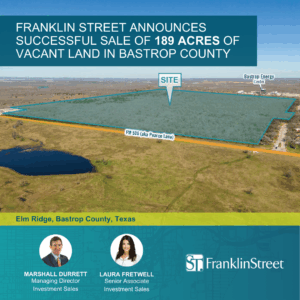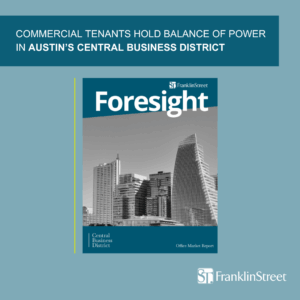New construction might be the most conspicuous sign of multifamily strength across the country, but in core areas, the market is also seeing developers successfully remaking older properties into profitable new apartments and student housing ventures.
These projects are happening mostly in resurgent markets like Intown Atlanta, Florida’s East Coast, and Southern California where mid-century, low-rise projects that command relatively low rents are thriving compared with shiny new developments popping up around the city. They’re a rare opportunity for younger millennials looking for affordable, safe living in on-the-rise submarkets and are thus a great investment.
According to Haddow & Co. and the Atlanta Apartment Association, Atlanta rents are stagnating as supply catches up to demand. This hurts new luxury products more than it does comparatively low-priced, older buildings that draw residents needing an affordable option who are willing to sacrifice outrageous amenities like rooftop dog parks and personal trainers. Despite rising construction costs and the influx of supply, demand is there to take what might be otherwise seen as a troubled asset and turn it into a treasure.
For example, Maple Place is a small, unassuming project that was constructed in 1957 in Candler Park, Atlanta. After languishing through the recession, it recently took on a new life, mimicking the neighborhood around it thanks to its location on North Avenue near Poncey-Highland, Old Fourth Ward, and Little Five Points. It’s a true value-add play, thanks to recent renovations, while still maintaining reasonable rents despite organic growth reflected by the submarket. The average rent for these 33 units is $1,106—modest compared with its neighbor The Flats at Ponce City Market, which starts at $1,500 and tops out in the high $3,000s. The cost differential ensures that Maple Place is constantly 100% leased and generating profit without having to execute a complete renovation or teardown.
Investors are seeking more opportunities in renovating older multifamily properties in every market across the Southeast, including a slew of redevelopment action all along Florida’s east coast. In downtown Melbourne, a private investor purchased a shuttered high school to demolish it and build a 138-unit mid-rise apartment complex. A similar project is taking shape in nearby Cocoa Beach, where another company recently bought a 1960s-era apartment building with plans to rehab the property extensively and increase rents.
But the multifamily rehab trend isn’t a new phenomenon in Florida. Real estate investors saw the same thing happen 20 years ago in affluent Boca Raton. The neighboring city of Delray Beach experienced its own redevelopment phase in the early 2000s. The cycle is repeating itself now as “live, work, and play” communities are booming and more people are returning to the downtown core.
Individual investors can buy and spruce up smaller, older properties for less than $1 million by having the foresight to go into overlooked areas and take a risk in hopes that the submarket will blossom as predicted.
On the West Coast, this trend is rampant across Southern California. In Los Angeles’ Koreatown, which is seeing a massive surge of development, with surface parking lots being replaced by glittery skyscrapers, Trion Properties is playing the troubled-to-treasure game. The company’s Avalon Catalina is a 1920s vintage asset with a great location amid all the neighborhood resurgence. Instead of doing a teardown, the owner opted for a repositioning campaign and renovation for the 47-unit complex, which has a rare exemption from rent control, making it a valuable, rebranded asset.
According to a study by SpareFoot, more and more people are moving to the Miami, Atlanta, and Los Angeles markets. And millennials are waiting longer to buy homes. Such market conditions and growing demand indicate that we’ll continue to see more troubled assets turned into treasures and profitable renovations, rather than teardowns, become more frequent.
ABOUT THE AUTHORS
Ricky Jones is director of Franklin Street Real Estate Services, specializing in multifamily brokerage with a focus on properties around Atlanta’s in-town market and throughout Georgia. Reach him at [email protected] and (404) 832-1250, ext. 420.
Matthew Kesterson is senior director at Franklin Street Real Estate Services, specializing in multifamily brokerage throughout Central Florida. Reach him at [email protected] and (904) 271-4120, ext. 805.



